BOOK OF THE VAMPIRENigel Suckling
Illustrations by Bruce Pennington
Published by
Facts, Figures & Fun
An imprint of
AAPPL Artists and Photographers Press Ltd.Church Farm House, Wisley, Surrey GU23 6QL, UKinfo@aappl.com www.aappl.com
Sales and Distribution
UK and Export: Turnaround Publisher Services Ltdorders@turnaround-uk.com
USA & Canada Sterling Publishing Inc. sales@sterlingpublishing.comAustralia & New Zealand: Peribo Pty Ltd michael.coffey@peribo.com.auSouth Africa: Trinity Books trinity@iafrica.com
Copyright AAPPL Artists and Photographers Press Ltd 2008Tex tc o p y r i g h tN i g e lS u c k l i n g2 0 0 8Illustrations copyright Bruce Pennington 2008
All rights reserved. No part of this publication may be reproduced, stored in aretrieval system, copied, or transmitted in any form or by any means, electronic,mechanical, photocopying, recording or otherwise without the prior written permission of the copyright owner.
A catalogue record for this book is available from the British Library.
ISBN 9781904332824
Design (contents and cover): Malcolm Couch mal.couch@blueyonder.co.uk
CONTENTS
I NTRODUCTION7I : D RACULA S D YNASTY15Bram Stoker and the literary and cultural background of Dracula. The vampire in prose, poetry and on stage during the nineteenth century. A brief history of Bram Stoker and the progress of his opus from book to stage to silver screen.
II : T HE A NCIENT E VIL51The legends and folklore on vampires that Stoker drew upon for Dracula.The eighteenth century vampire plagues in Eastern Europe and what scholars made of them. How the ideas spread to the West. Premature burial and
the masticating dead. The Spiritualist perspective.
III : B LOODLUST113
The mystical significance of blood in ancient and medieval times. The lamia, succubus, ghoul and other vampires in ancient Rome, Greece and the Middle East. Adams first wife Lilith as a vampire. Parallels in other cultures.
IV : D RACULA , T HE B LOOD C OUNTESS AND B LUEBEARD159 History and legends of the original Prince Dracula, his kinswoman Countess Elisabeth Bathory of Hungary and Gilles de Retz.
V : T HE U N -L IVING L EGEND201 Modern outbreaks of vampire hysteria. Real vampires in the past century.
A PPENDICES218B IBLIOGRAPHY223F
OR , LET ME TELL YOU , the vampire is known everywhere
that men have been. In old Greece, in old Rome, in
Germany, France and India, even in the Chersonese; and
in China, so far from us in all ways, there even he is and
people fear him to this day. He has followed the wake of the
berserker Icelander, the devil-begotten Hun, the Slav,
the Saxon, the Magyar. The vampire lives on and cannot die
by the mere passing of time; he flourishes wherever he can
fatten on the blood of the living. He throws no shadow, he
makes in the mirror no reflection. He has the strength of many
in his hand. He can transform himself into a wolf or become
as a bat. He can come in mist which he creates, or on
moonlight rays as elemental dust. He can, when once he finds
his way, come out from anything or into anything, no matter
how close it be bound. He can see in the dark - no small
power this in a world which is one half shut from the light.
Ah, but hear me through. He can do all these things, yet he
is not free. Nay, he is even more prisoner than the slave of the

galley, than the madman in his cell. He cannot go where helists; he who is not of nature has yet to obey some of natureslaws. He may not enter anywhere at the first, unless there besomeone of the household who bids him come. His power ceasesat the coming of the day. It is said, too, that he can only passrunning water at the slack or the flood of the tide. Then thereare things which so afflict him that he has no power, as thegarlic and things sacred, as this symbol, my crucifix. Thebranch of the wild rose on his coffin keeps him that he maynot move from it; a sacred bullet fired into the coffin willkill him so that he be true dead; and as for the stake throughhim, or the cut-off head that giveth rest, we have seen it with
our eyes.
Dr Abraham Van Helsing
in Bram Stokers Dracula


Introduction I
N 1996 I HAD THE IDEA of writing a book about vampires,
with half an opportunistic eye on the centenary of Draculas
publication the following year. My publishers at the time
made vaguely enthusiastic noises and even half-commissioned
an artist to illustrate it, but then everything went quiet. Then
came a call from another publisher asking if Id like to write a
book about vampires for them. Well, to cut a long story short
I ended up doing two a much shorter version of this one and
a drastic prcis of a Montague Summers tome on vampires
which we intended to publish as An Illustrated Guide to Vampires.
So 1997 looked very promising for me on the vampire front.
Then both publishers hit the rocks, as they regularly seem to
do, and nothing came of either project. Cest la vie.
The Summers prcis was at least paid for, which was some
compensation. I posted it on my website as Montague Summers
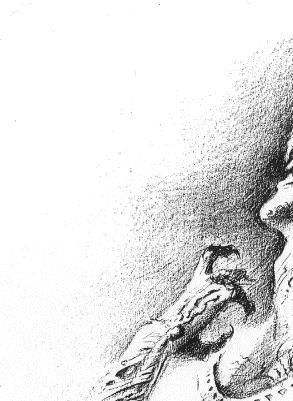
Guide to Vampiresand curiously enough it attracts more
correspondence than anything else, having been quoted in academic theses at leastthree times to my knowledge most recently in 2003 by Estelle Valls de Gomis inher magnificent doctoral thesis (a copy of which I have sitting on the shelf above meas I write this) titled Le Vampire au Fils des Siecles submitted at Toulouse University.
Ive also come across my edited Summers text either complete or in part on otherpeoples websites (usually Goth ones), which I take as a great compliment. This Book ofthe Vampire however just languished in need of a publisher until this chance finally camealong, being dusted off occasionally and worked on whenever any fresh vampire newscaught my interest. Thats both the problem and pleasure of unpublished books youcant leave them alone. Once theyre done and dusted, published and packed neatly intopages you cant do any more. For better or worse they are as they are; but an unpublished book keeps calling for attention and while it is a pleasure being able to makeimprovements and look deeper into some of the questions, its also a relief finallysending it off to the printers so it can be read by strangers.




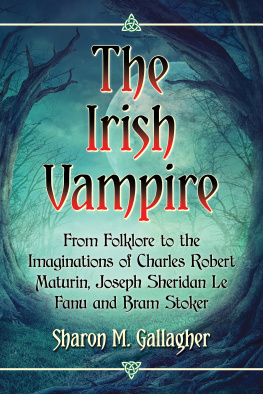
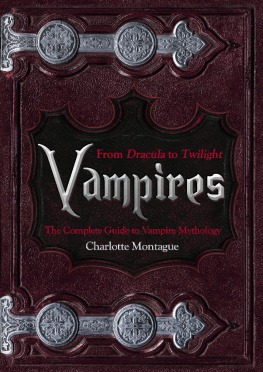


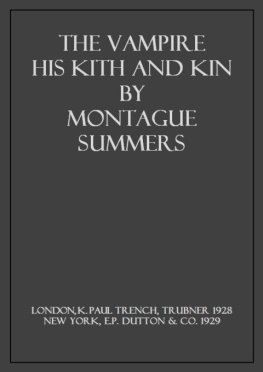
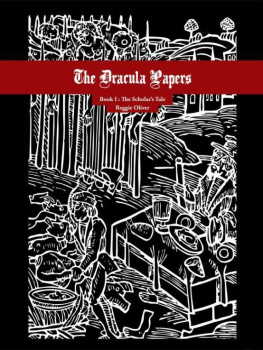
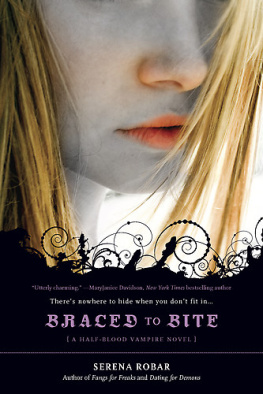

 AAPPL
AAPPL




